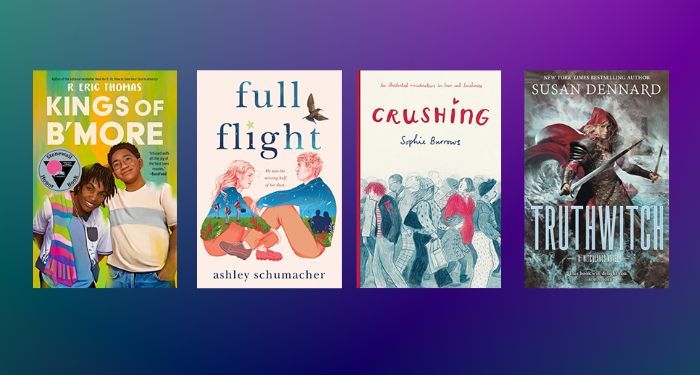The rise of TikTok has been nothing short of revolutionary. Since its launch in 2016, the platform has multiplied and boasts over one billion monthly active users worldwide. With an engaged and diverse user base, it’s no wonder marketers are looking for ways to leverage TikTok to reach their target audiences.
53% of marketers expect TikTok to deliver the biggest growth in 2023, according to Reuters’ State of Marketing 2023 report. Trailing behind were the Metaverse and LinkedIn (15%), other platforms (9%), Instagram (6%) and Facebook (2%). Interestingly, despite having 368 million monthly active users globally and under new management, the report did not mention Twitter.
TikTok is well-known for viral videos (remember the longboarder sipping cranberry juice and lip-synching “Dreams” by Fleetwood Mac?), ad campaigns and creator marketing activations. They also release new functionality for their users and advertisers every other week.
Let’s explore why B2B marketers may want to rethink TikTok as a viable option.
1. TikTok is a storytelling engine
Video content has been the number one consumed media globally for several years. TikTok has tapped into this trend, allowing marketers and brands to tell their stories and capture consumer attention.
Creating video content isn’t a novel concept. We have been doing this for years. But data suggests marketers invested more in video content creation in 2022. What this tells me is that video production quality will be a focus.
Video content humanizes brands and stimulates several senses at once, which helps buyers retain information. Creating videos that effectively tell a story keeps consumers engaged and entertained while providing valuable brand messaging.
TikTok is a video-first platform built for mobile, giving it huge advantages over other networks. Legacy platforms like Facebook, LinkedIn and Twitter struggle with attracting younger audiences who crave video.
2. TikTok makes content discoverability easy
For years, “Google” has been virtually synonymous with discoverability for consumers and ad buyers. It’s become a verb in our vocabulary. And while many still use Google as their gateway into the web, young people are turning to TikTok.
Google knows this. Just last year, a Google exec cited an internal report that 40% of young people use TikTok when looking for a place for lunch. Curious, I asked my daughter the same question about her TikTok usage; she agreed.
TikTok recognizes this and is building additional functionality to make content discovery easier. Last summer, they expanded the video descriptions from 300 to 2,200 characters.
It’s now common to see TikTok videos appear in Google results. As competition between these two companies grows, it will be interesting to see how long Google will index TikTok videos.
Dig deeper: TikTok is setting the ground rules for social media
3. TikTok isn’t just for young people
A common misconception among B2B marketers is that TikTok is just for young people. That may have been true a few years ago, but as TikTok users have aged with the platform.
About 60% of TikTok users in the U.S. are under 30, accounting for Gen Z and younger millennials. The other 40% are older: 16% between 30-39 years old, 13.9% are between 40-49 years old, and 7.1% are 50 and up.
As older millennials are in their mid-30s and almost 40, they have also been promoted to managers and directors, and are leading teams. Many are responsible for buying decisions at large companies. A 2015 Google report (yes, eight years ago) showed that nearly half of all B2B buyers are millennials. That number has undoubtedly gone up.
4. TikTok is ripe for B2B
The first thing you see when you log into TikTok is the For You page (FYP). You might see a funny video, dance routine, makeup tutorial, cleaning hack or recipe.
But TikTok adapts as you use it. The feed will change and become more relevant by optimizing your profile with relevant keywords and engaging with B2B creators and other technology brands.
Technology and B2B content already exist in the platform. For example, a quick search for the #DigitalTransformation hashtag yielded 14.5 million views, #InfoSec with 138,000 views and #WomenInTech with 572,000 views. And B2B brands like Adobe, Sage and Shopify are succeeding on the platform.
The time is now for B2B and technology brands to integrate TikTok into their long-term marketing and digital strategy.
5. Brands have creative freedom
At the outset, social media was just a community. There was no advertising or it was primitive. There were no influencers or creators. Instead, people with common interests talked to each other about what mattered.
While the concept of a community still exists today, most apps like TikTok and Instagram are now media platforms. As a result, brands have the creative freedom to launch campaigns, activate creators and buy ads throughout the network as they see fit.
One of the best things about brand marketing on TikTok is its creative freedom. Unlike other social media platforms, there aren’t strict rules or guidelines about creating ads or launching campaigns.
You can be as creative as you want when creating videos or running ads on the platform, giving you plenty of creative expression to experiment and find what works best for your business. There’s no 20% rule of text on images. If you buy media on Facebook, you know exactly what I mean.
TikTok hasn’t ignored measuring campaign performance and tracking ROI. It’s analytics provide insights into user engagement, ad performance and more. It’s become increasingly easy for marketers to measure and optimize campaigns in real time.
Also, TikTok has doubled down on innovation by consistently releasing new features for advertisers. They recently added four new options to their Promote advertising tool. This lets advertisers syndicate content quickly and easily to:
- Drive more visits to your TikTok page.
- Get more messages from potential customers.
- Boost other creators’ content.
- Target audience by location.
Don’t overlook TikTok
24% of marketers said that strengthening brand identity was a top priority for 2023, followed by increasing brand awareness (19%) and brand interaction in social media (6%).
Many might take this as an opportunity to invest more money in creative advertising within the platforms where they feel comfortable. If you’re a B2B company, perhaps it’s LinkedIn. If you’re a consumer brand, maybe you’re still finding value on Facebook and Instagram.
I would challenge you to think outside the box and consider using TikTok to reach new audiences, strengthen your brand identity and increase awareness. You might be surprised at the results.
TikTok’s influence on buying behavior is significantly higher than other social media channels, with 15% of users willing to take action after viewing an ad on TikTok. Also, 49% of users say they use TikTok as a source for discovering something new.
So, what are you waiting for?
Get MarTech! Daily. Free. In your inbox.
Opinions expressed in this article are those of the guest author and not necessarily MarTech. Staff authors are listed here.













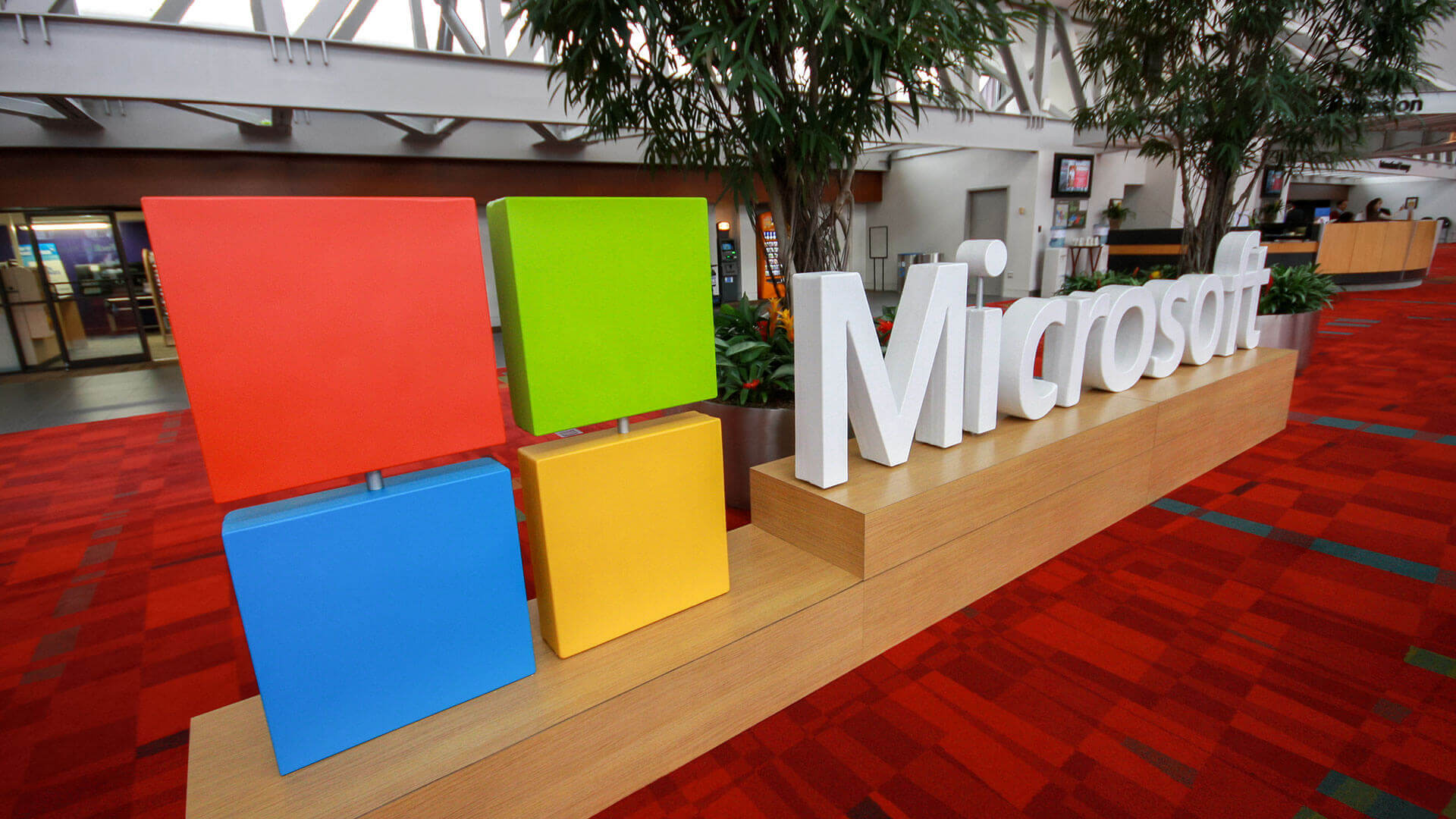






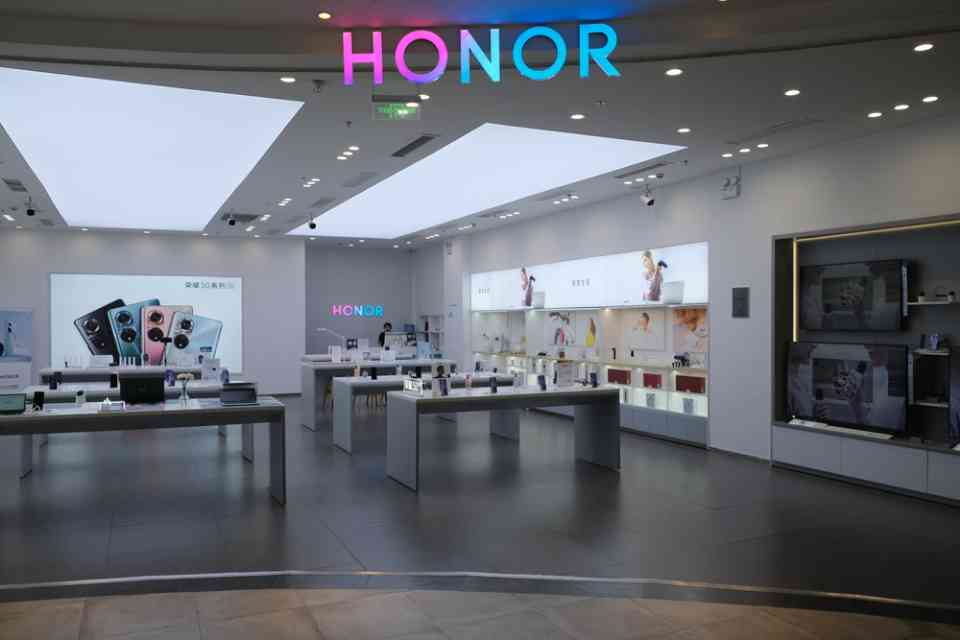





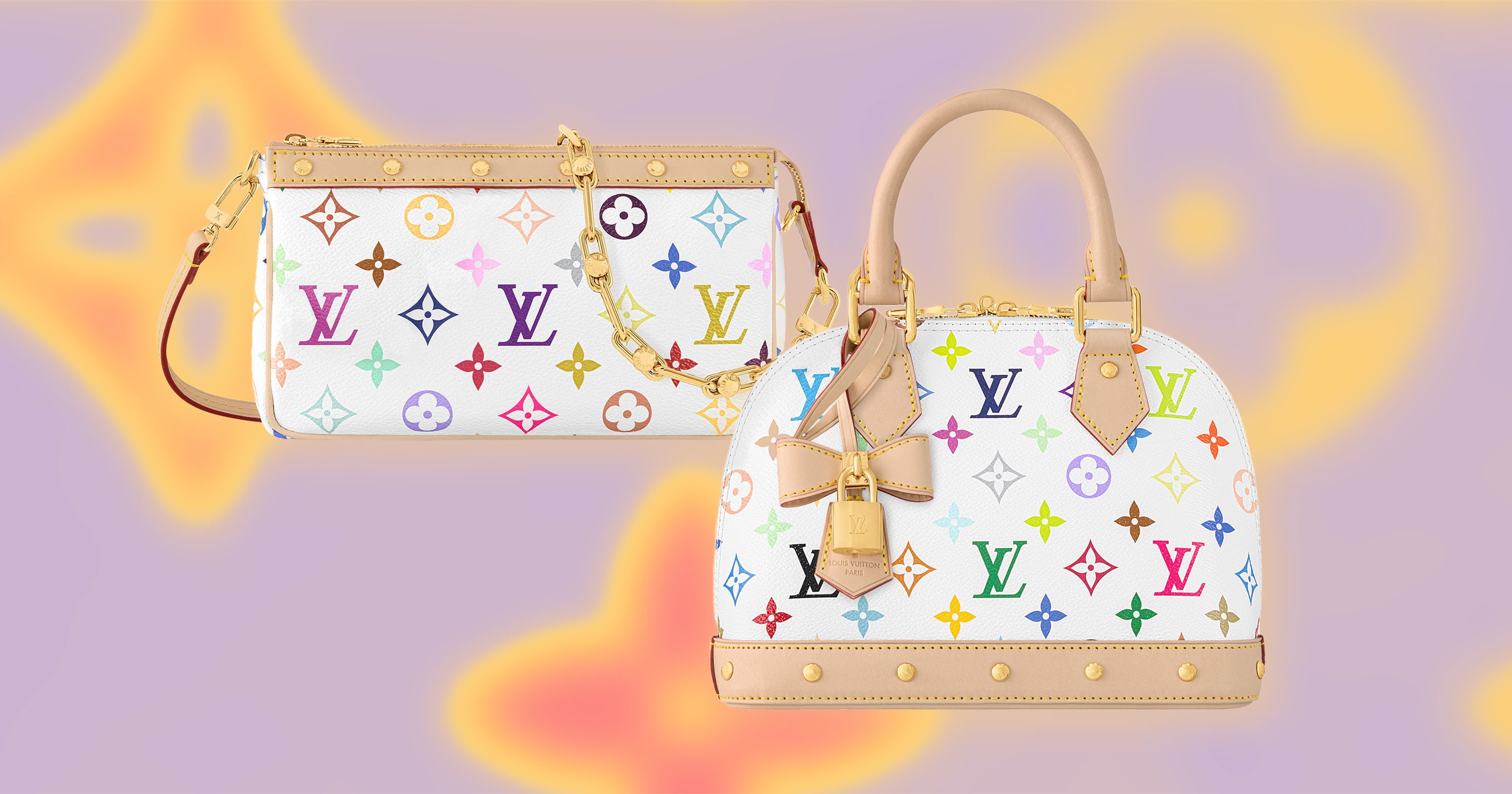
















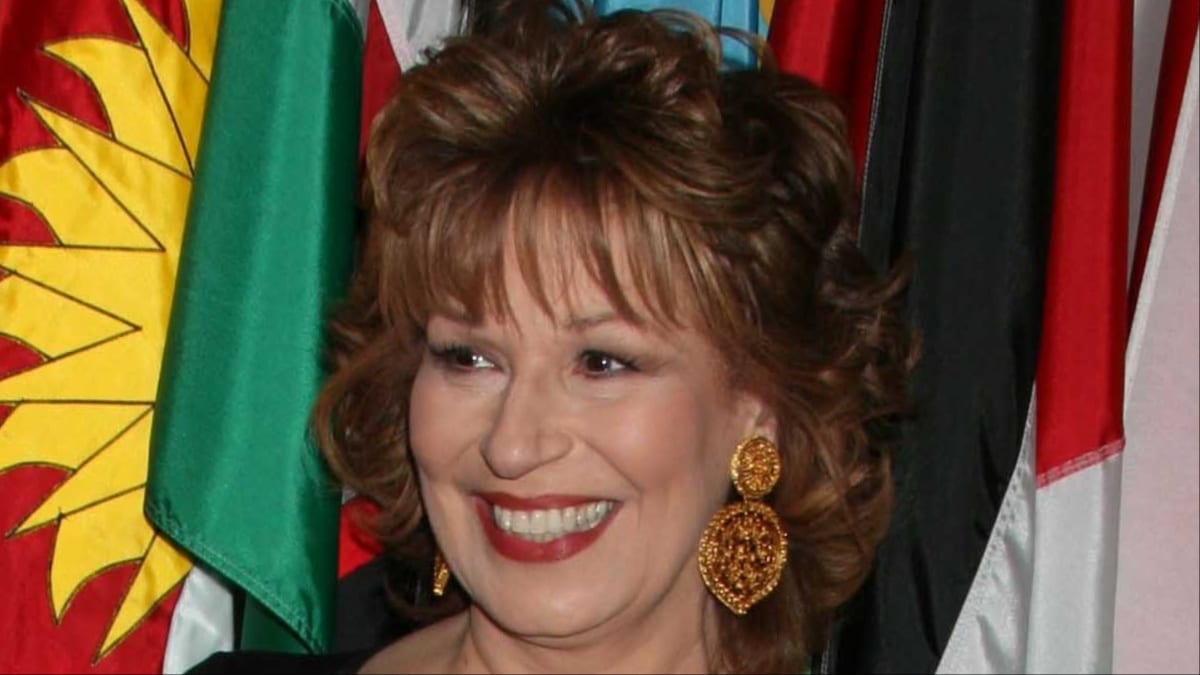
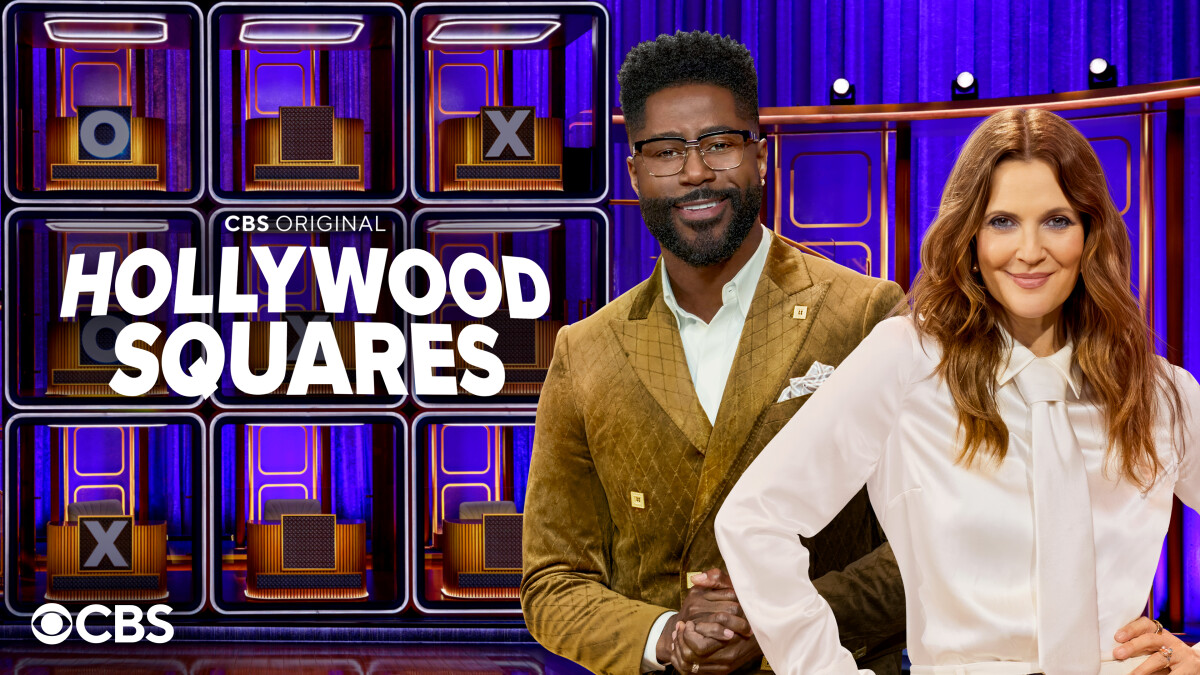











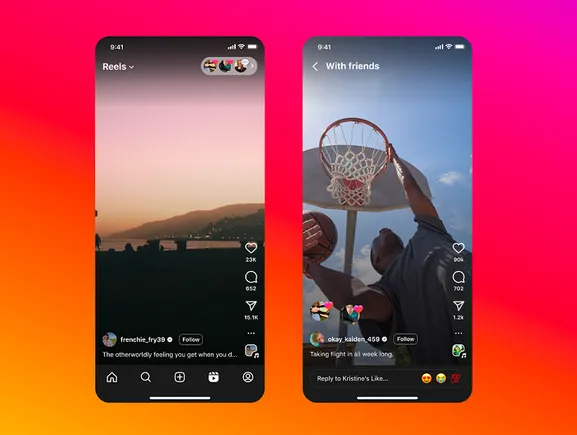

![Social Media Spring Cleaning [Infographic] Social Media Spring Cleaning [Infographic]](https://imgproxy.divecdn.com/9e7sW3TubFHM00yvXe5zvvbhAVriJiGqS8xmVFLPC6s/g:ce/rs:fit:770:435/Z3M6Ly9kaXZlc2l0ZS1zdG9yYWdlL2RpdmVpbWFnZS9zb2NpYWxfc3ByaW5nX2NsZWFuaW5nMi5wbmc=.webp)
![5 Ways to Improve Your LinkedIn Marketing Efforts in 2025 [Infographic] 5 Ways to Improve Your LinkedIn Marketing Efforts in 2025 [Infographic]](https://imgproxy.divecdn.com/Hv-m77iIkXSAtB3IEwA3XAuouMwkZApIeDGDnLy5Yhs/g:ce/rs:fit:770:435/Z3M6Ly9kaXZlc2l0ZS1zdG9yYWdlL2RpdmVpbWFnZS9saW5rZWRpbl9zdHJhdGVneV9pbmZvMi5wbmc=.webp)





